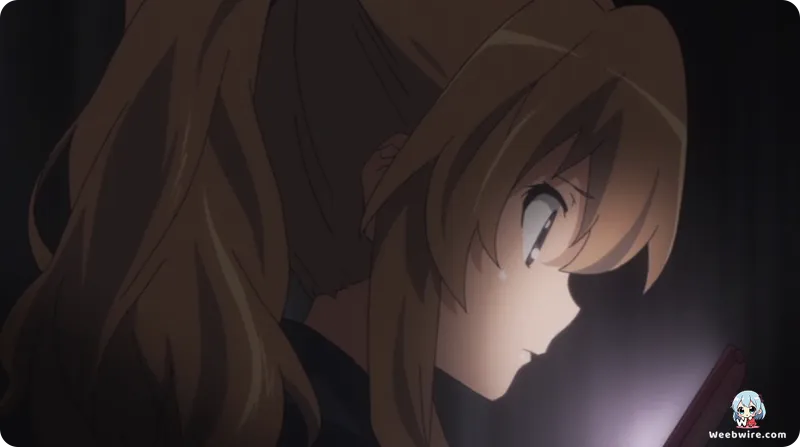Decoding the Dragon and the Tiger: Unpacking the Hidden Literary Genius That Defines Toradora!'s Enduring Legacy

The Enduring Appeal of Toradora! Symbolism and Narrative Depth
Since its sensational debut in 2008, the anime adaptation of Yuyuko Takemiya’s Toradora! has transcended typical high school fare to become a definitive benchmark in the romantic comedy landscape. While many fans are drawn to the chaotic yet endearing dynamic between the imposing yet gentle Ryuji Takasu and the diminutive, volatile Taiga Aisaka, the series’ remarkable longevity stems from a carefully constructed foundation of deliberate symbolism and narrative depth. Exploring these underlying artistic choices offers profound insight into why the pairing of the 'Palmtop Tiger' and the 'Dragon' continues to resonate with global audiences.
The Significance of the Title and Names
The meticulous design begins with the title itself. Toradora! is no accidental moniker; it is a clever portmanteau uniting its two central figures. 'Tora' (トラ), the Japanese term for tiger, directly references Taiga Aisaka, while 'Dora' is the concise Japanese abbreviation for 'Dragon' (doragon), nodding to Ryuji Takasu. This titular synthesis immediately foreshadows the core conflict and eventual harmonization of their relationship.
This intricate connection is further cemented by their full names: Taiga is an intentional transliteration of the English word for 'tiger,' and Ryuji’s name contains the kanji for 'dragon' (竜, ryū). This deliberate pairing evokes the ancient East Asian folklore of the Tiger and the Dragon, traditional symbols representing powerful, often opposing yet ultimately balanced forces—a perfect metaphor for their stabilizing partnership.
Subverting Genre Expectations
Beyond the literary etymology, the characters brilliantly defy genre expectations. Ryuji Takasu, despite possessing a naturally fierce glare inherited from his father that casts him as a neighborhood delinquent, harbors an intensely nurturing and domestic spirit. His commitment to immaculate cleaning and expert cooking—a rare trait for a male lead in this genre—subverts initial perceptions and provides the essential, grounding counterweight to the impulsive Taiga.
This core dichotomy—the menacing-looking boy acting as a caregiver and the cute girl behaving like a wildcat—fuels the series' humor and anchors its deep emotional sincerity.

Production Excellence and Voice Casting
The production elements also contribute significantly to its success. Creator Yuyuko Takemiya, who also authored the highly regarded romance series Golden Time, established a shared narrative universe dealing with themes of memory, identity, and high school social maturity. Furthermore, the casting decisions were instrumental.
Rie Kugimiya, renowned as the 'Queen of Tsundere' for her roles in series like Shakugan no Shana and The Familiar of Zero, delivers what many consider the definitive performance of the tsundere archetype as Taiga. Her established chemistry with Junji Majima, who voices the level-headed Ryuji and frequently plays the romantic straight man opposite Kugimiya, brought instant believability to their complex relationship.
Visual Narrative and Seasonal Progression
Visually, the narrative uses seasonal progression—spanning a full academic year from spring to spring—to mirror the characters' organic emotional development. The legendary Christmas Eve episode, often cited as an emotional high point, uses the profound isolation of winter to amplify Taiga’s loneliness and Ryuji’s selfless nature, catalyzing a dramatic pivot.
The final arc, culminating in their self-discovery and 'return,' is symbolically set against the renewal of spring, marking their transition into mature individuals. Finally, a testament to the team’s dedication is the anime’s ending. Though the series aired before the final light novel volume was released, the production staff collaborated closely with Takemiya to ensure the adapted conclusion, including the famous reunion scene, remained canonically consistent, solidifying Toradora!'s legacy as a masterclass in character-driven storytelling.
Credits
Toradora!
Author
Yuyuko Takemiya
Cover Art
Yasu
Studio
J.C.Staff
Publisher
ASCII Media Works
Producers





